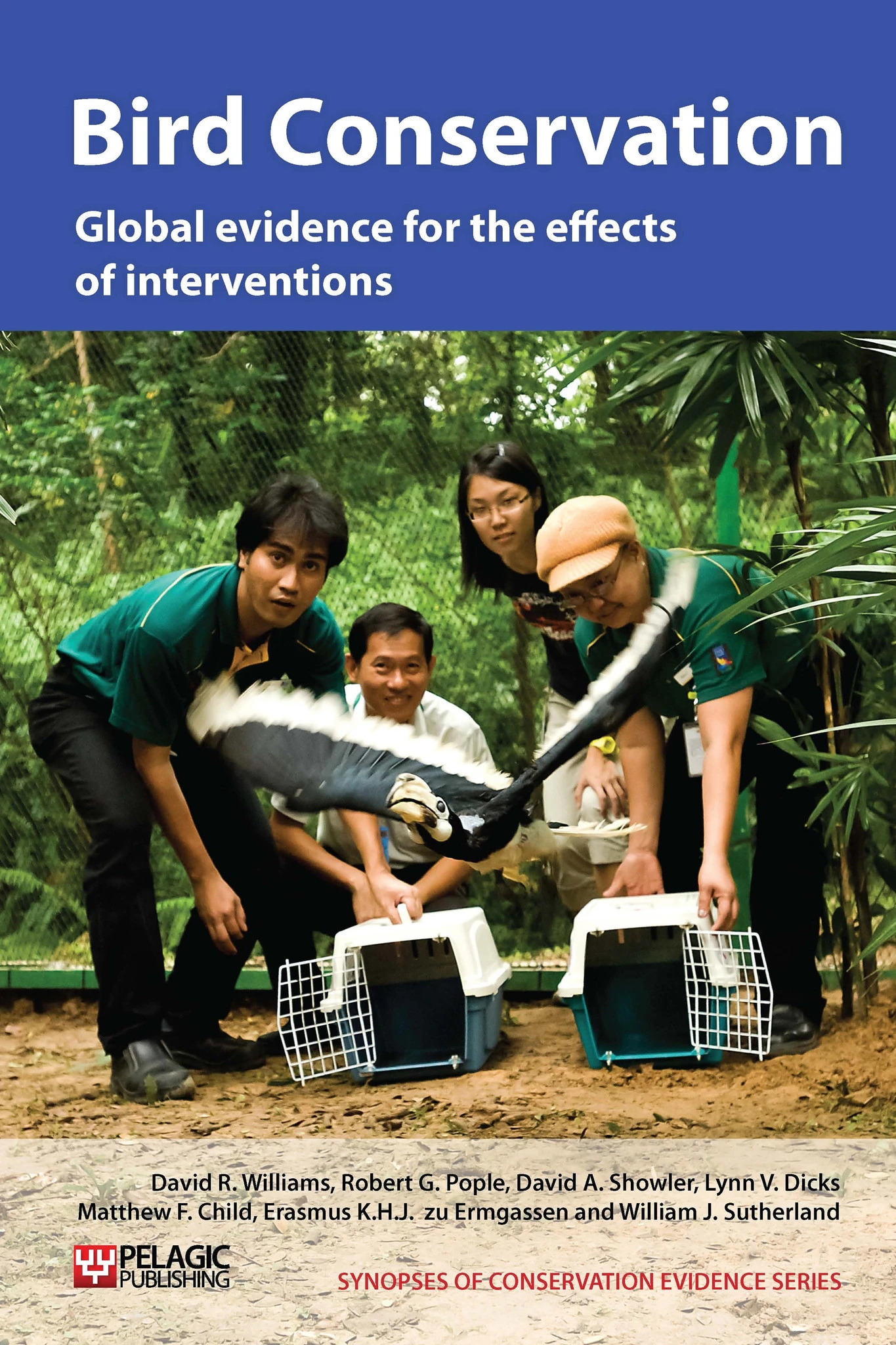Can nest protection increase nest abandonment?
-
Overall effectiveness category Evidence not assessed
-
Number of studies: 4
View assessment score
Hide assessment score
How is the evidence assessed?
-
Effectiveness
not assessed -
Certainty
not assessed -
Harms
not assessed
Study locations
Supporting evidence from individual studies
A 1992 meta-analysis (Vaske et al. 1994) analysed data from 211 nest exclosures across eight US states and three Canadian provinces to determine which factors increased or decreased the likelihood of nesting piping plovers Charadrius melodus abandoning their nests. Twenty two (10%) of the nests were abandoned, and the estimated probability of abandonment was significantly higher for exclosures with covers (12%, of 178 nests) than for uncovered exclosures (0% of 33). Exclosures without supporting posts were also more likely to be abandoned (40% of 35) compared to those with metal or wood posts (7% of 176). Exclosures with short posts (<122 cm) were more likely to be abandoned (32% of 41) than those with taller posts (122 cm: 5% of 40; >122 cm: 8% of 130). Finally, nests in Canada were more likely to be abandoned (40% of 35) than those in the north (5% of 121) or mid-Atlantic (12% of 55) USA. No factors related to exclosure construction, size, shape, fence height or depth (buried beneath the ground to prevent predators digging under), nor mesh size significantly altered the probability of nest abandonment.
Study and other actions testedA replicated before-and-after study from 1984-90 and 1991-99 on beaches in California, USA (Neuman et al. 2004) found that nest abandonment by adult snowy plovers Charadrius alexandrinus increased in 1991-99 following the protection of 49% of nests (n = 682) with predator exclosures (1.5 m high triangular wire fences), compared to 1984-90 when none of the 728 monitored nests were protected (4% for 1984-90 vs. 8% for 1991-99). This study is also discussed in ‘Predator control not on islands’, ‘Physically protect nests with individual exclosures/barriers’ and ‘Can nest protection increase predation of adult and chick waders?’.
Study and other actions testedA replicated, randomised and controlled trial in 2002 and 2004 at three grazed pasture sites in south-west Sweden (Isaksson et al. 2007) found that there was a slight trend towards higher nest abandonment in northern lapwing Vanellus vanellus with protected nests (truncated cone steel cages with 6.5 – 8.5 cm spacing between vertical bars and 4 x 4 cm steel netting on top), but that the trend was not significant (3 of 37 caged nests abandoned vs. 2 of 153 non-caged nests). This study is also discussed in ‘Physically protect nests with individual exclosures/barriers’ and ‘Can nest protection increase nest abandonment?’
Study and other actions testedA replicated trial at three black tern Chlidonias niger colonies in wetlands in Maine, USA (Heath & Servello 2008) found that surrounding nests with both a chick retention fence (a 30 cm high, 1 m diameter circular fence with an overhead ‘concealment flap’ of wire covered in landscaping cloth, 15 cm off the ground) and a predator exclosure fence (1.4 m high, 4.6 m diameter) appeared to cause the abandonment of three nests (of 17) immediately after fences were erected in 2001, however, no nests were abandoned in 2002 (14 nests). This study is also discussed in ‘Use multiple barriers to protect nests’.
Study and other actions tested
Where has this evidence come from?
List of journals searched by synopsis
All the journals searched for all synopses
This Action forms part of the Action Synopsis:
Bird Conservation
Bird Conservation - Published 2013
Bird Synopsis





)_2023.JPG)














